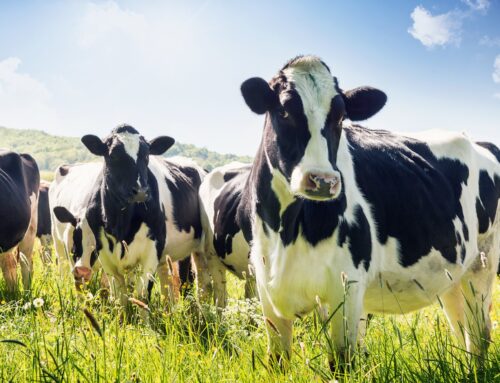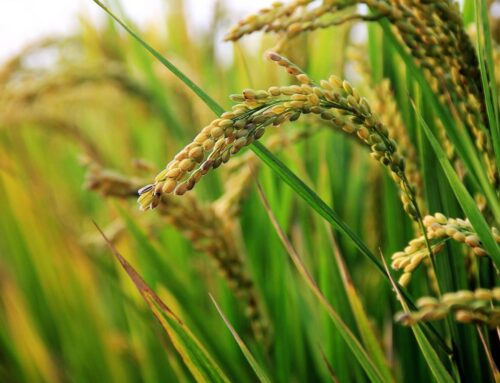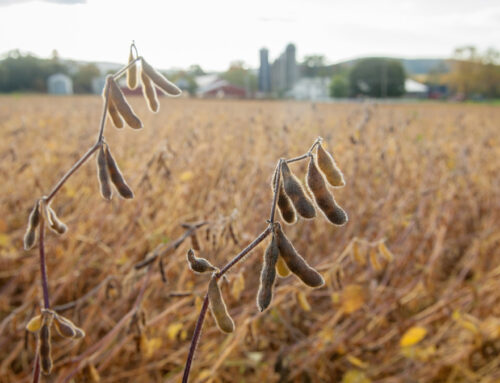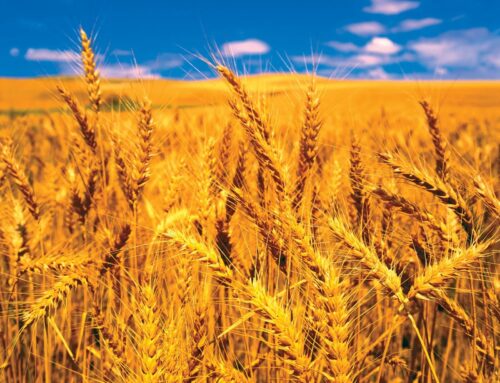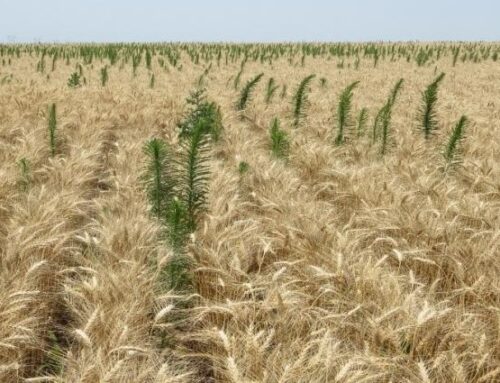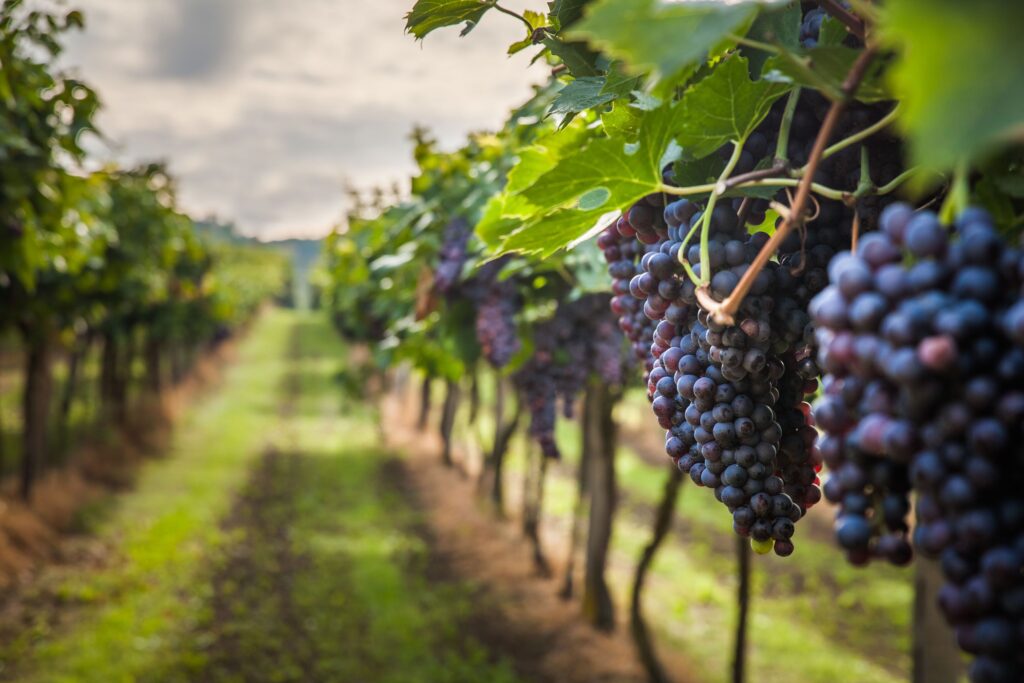
Many wine lovers know that a hint of smoky flavors in Zinfandel or Pinot Noir are the perfect complement with grilled meats. They may also be familiar with the phrase, “Stressed vines make the best wines.”
But what if those smoky overtones go overboard as the grapes are exposed to destructive wildfires? And what if those stressed vines are the result of prolonged drought conditions?
As the effects of climate change are felt in California wine country and around the world, vintners are anxious about what the future holds. They wonder if some wine regions are becoming too warm to properly grow such signature grapes as Cabernet Sauvignon and Chardonnay. They’re concerned about prolonged droughts that decrease harvest yields and lead to dry conditions that set the stage for massive wildfires. Those fires can not only destroy precious vineyards but also damage fruit through prolonged smoke exposure.
With so much at stake in the world’s wine industry, UC Davis researchers are focused closely on mitigating the effects of climate change in viticulture. They’re working with the wine industry to study such pressing issues as smoke taint, drought-tolerant rootstocks and other ways that grape growers can adapt to warming temperatures.
“We’re seeing the impact of climate and climate change,” said Megan Bartlett, a UC Davis plant biologist and assistant professor. “Especially after the heatwaves and the megadrought a few years ago, we really saw, as an industry, declines in (crop) yield. These are really pressing problems, especially now.”
The spectre of smoke
 The 2020 vintage was a lost year for Stuart Spoto. His premium brand, Spoto Family Wines, sources much of its Cabernet Sauvignon in the Oakville appellation in Napa Valley, on a plot of land that’s also used by UC Davis researchers at Oakville Station.
The 2020 vintage was a lost year for Stuart Spoto. His premium brand, Spoto Family Wines, sources much of its Cabernet Sauvignon in the Oakville appellation in Napa Valley, on a plot of land that’s also used by UC Davis researchers at Oakville Station.
As wildfires and hazardous smoke whipped around the Napa Valley in the fall of 2020, Spoto couldn’t help but fret. He’d been through this in 2017, when Napa was similarly engulfed in flames and smoke from the wine country fires.
While Spoto Family Wines was still able to release a 2017 vintage, this time was different. Early analysis showed that prolonged smoke exposure had most likely tainted the grapes that made the wine, leaving Spoto to scrap the 2020 vintage. Shafer Vineyards in Napa’s Stags Leap District and Somerston of St. Helena were among those who made the difficult decision to forgo the 2020 vintage due to smoke taint concerns.
“Part of being in Oakville is we have a good team of fellow vintners, and UC Davis is part of that,” said Spoto ’82. “We had a lot of data collected and we relied on other people’s information and sensory evaluations. Sitting down with UC Davis, we had a pretty clear idea to not produce wine.”
‘Can you imagine licking an ashtray?’
Anita Oberholster, a Cooperative Extension enology specialist at UC Davis, has studied the effects of smoke taint over the past four years, as wildfires have become an annual event in California. She’s now one of the world’s leading experts in the issue.
If grapes are exposed to smoke, especially for extended periods of time, they can impart unwanted flavors into finished wine. That’s smoke taint, and it has the capability to ruin entire vintages of wine.
“Can you imagine licking an ashtray?” Oberholster said. “When wines are heavily impacted, it can taste like that.”
The impact of smoke taint isn’t always cut and dried. You can’t predict which grapes may have suffered damage based on anything intuitive, such as sight, smell or even the flavor of fresh grapes. Just because there’s smoke in the air doesn’t mean grapes are tainted.
“There are so many variables,” Oberholster said. “Freshness of the smoke, number of times exposed, variety of grape — the list goes on. There’s so much we don’t know.”
Chemical analysis can help predict the likelihood of smoke taint, but time is of the essence. In the fall of 2020, as grapes hung heavy on the vine in Northern California, commercial labs were backed up for several weeks to test for possible smoke taint. Even if the grapes were unaffected, disruption could still be felt around the wine industry.
“Growers were in a tough position because buyers were cancelling contracts unless you could prove your grapes hadn’t suffered damage,” said David Block, UC Davis viticulture and enology professor and department chair, “and demand for analysis far exceeded supply.”
Mysteries and myths
Thus, the research related to smoke taint continues, with a long list of mysteries and myths to decipher.
“Number one, are we looking at the right molecules?” Oberholster said. “We can’t fully assess smoke-related issues if we don’t completely understand the nature of the compounds at play.”
Smoke barriers are also on Oberholster’s radar. She wonders if a spray could be developed that growers could use to protect grapes from the harmful compounds that burning woods emit.
Additionally, Oberholster hopes to see the development of low-cost sensors that support growers’ ability to estimate smoke-taint risk.
“That would expand lab capacity because you’d only have to test grapes that were in a high-risk zone,” she said.
As for myths, Oberholster wants to dispel the misconception that grapes and wine will automatically suffer in smoky conditions.
“Consumers have no reason to shy away from vintage 2020,” she said. “Winemakers will ensure the quality of the wine is what the consumer expects. They know that if consumers taste wine that is tainted, they won’t reach for it again.”
Read the original article – CLICK HERE
